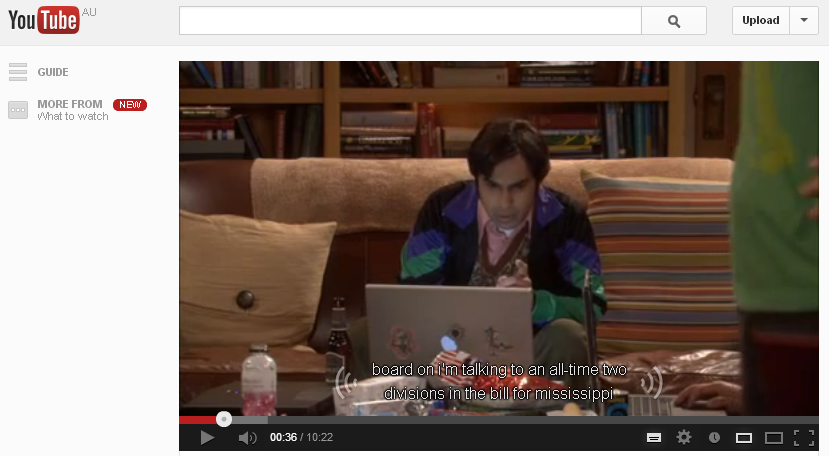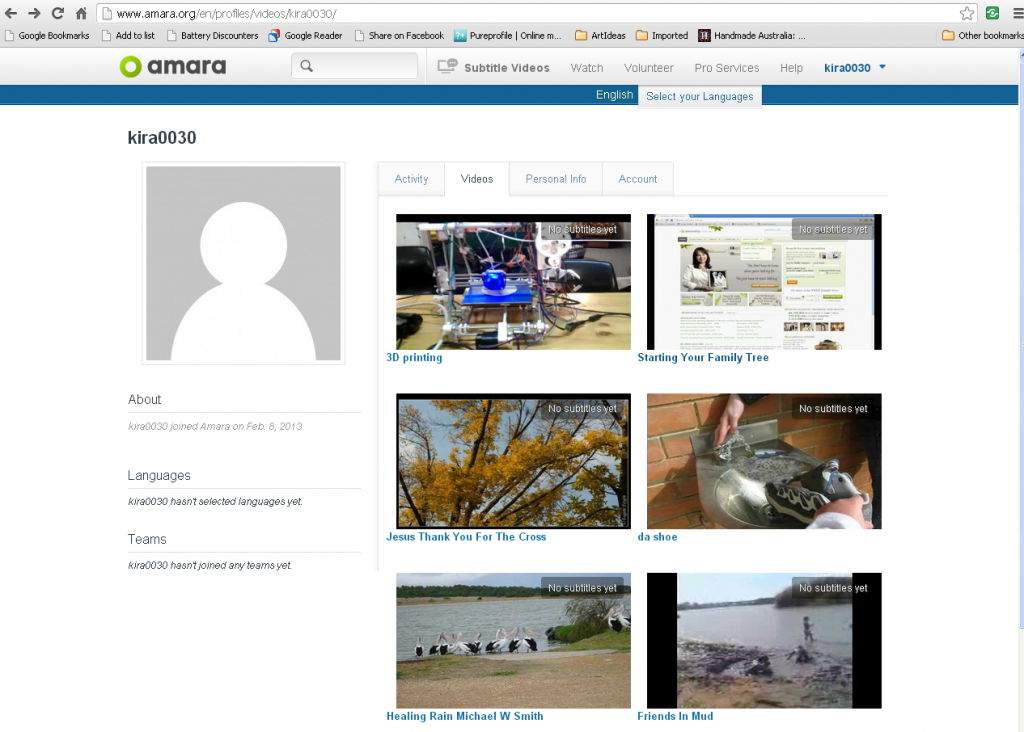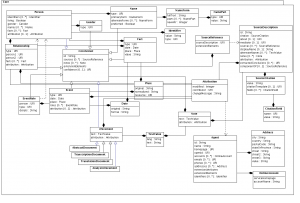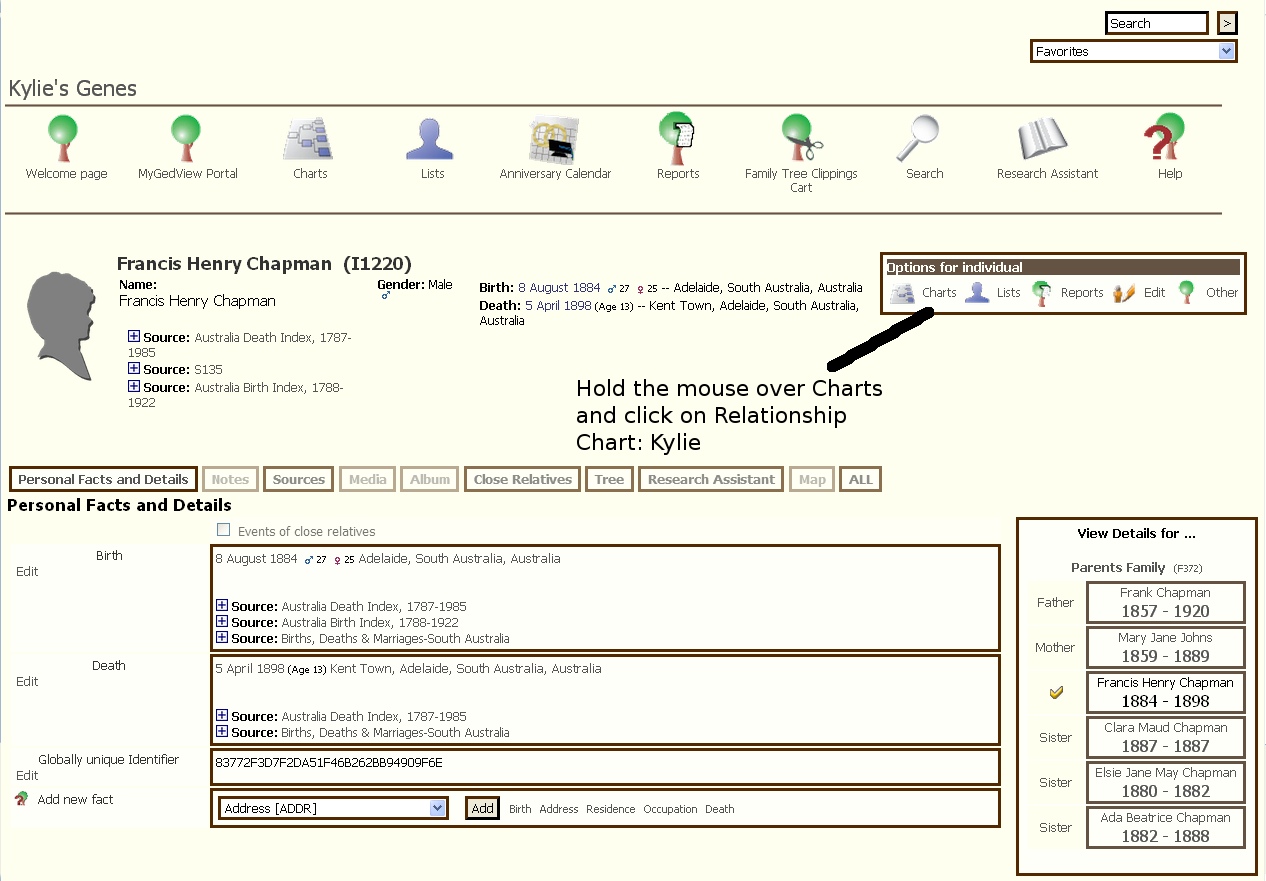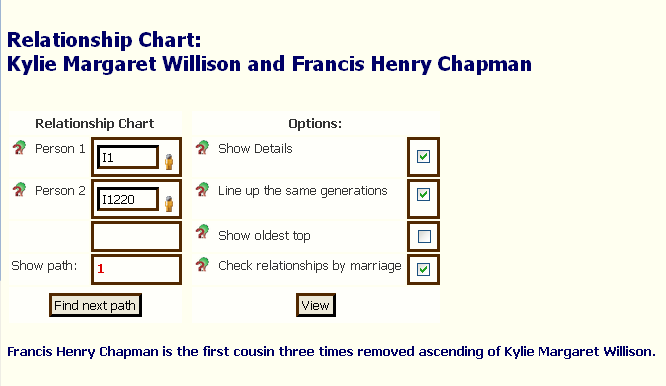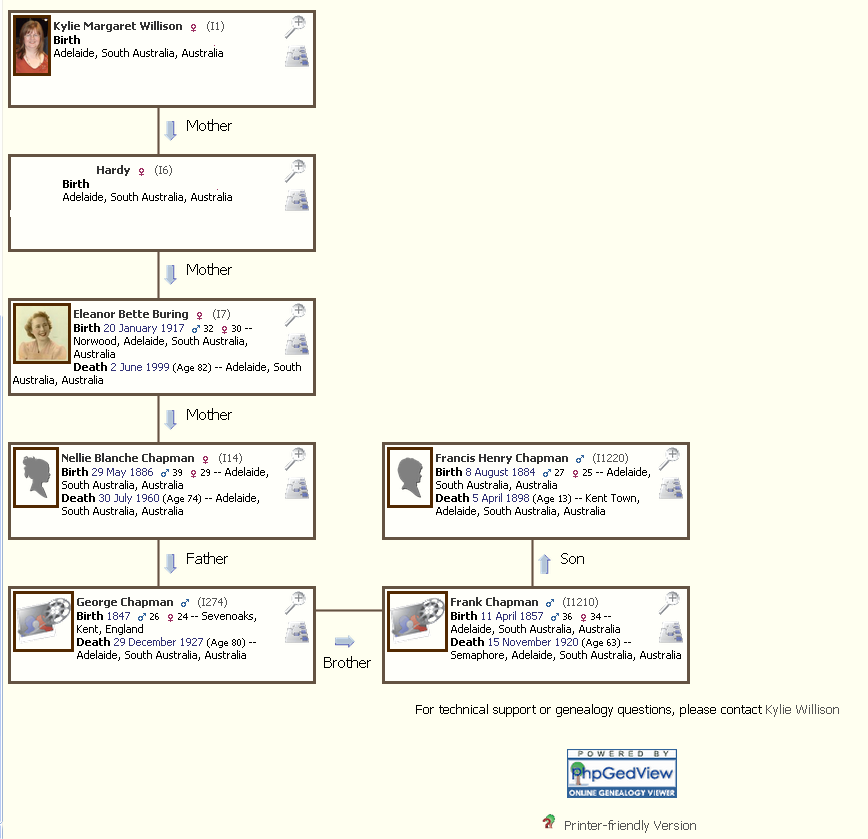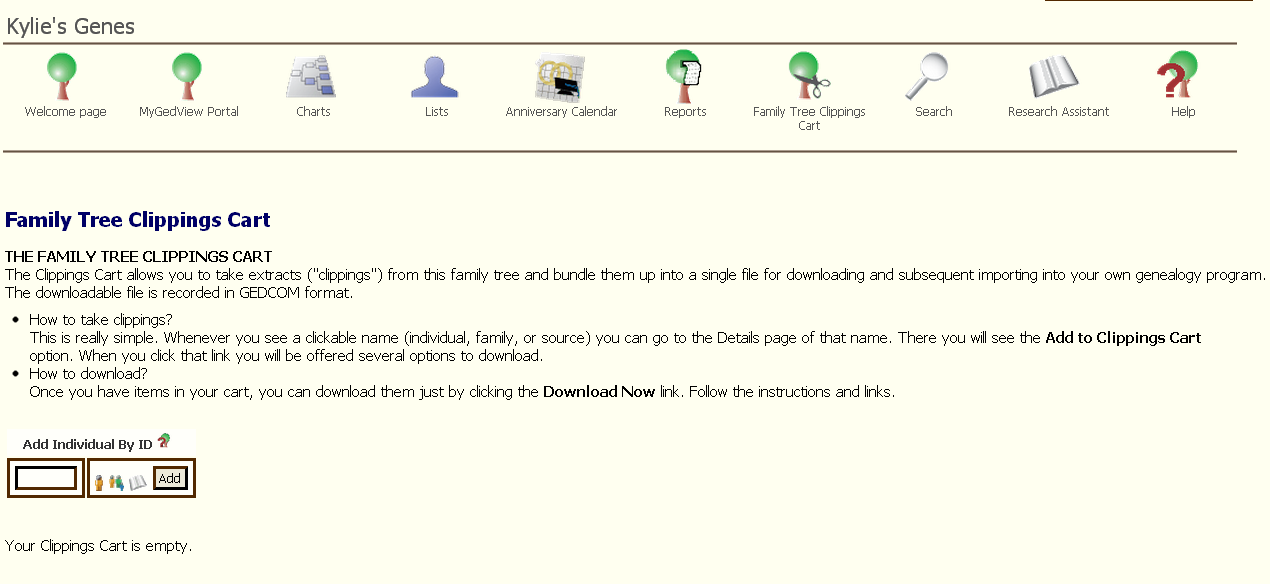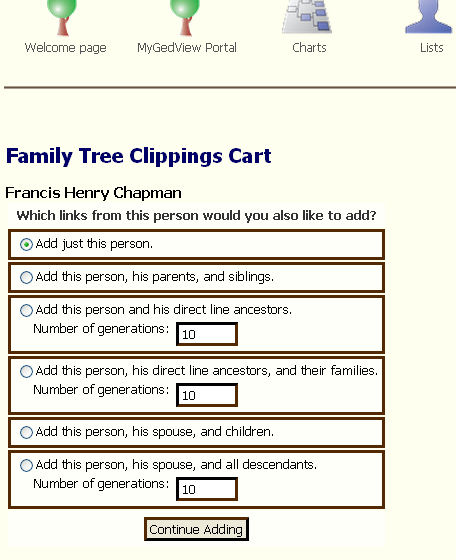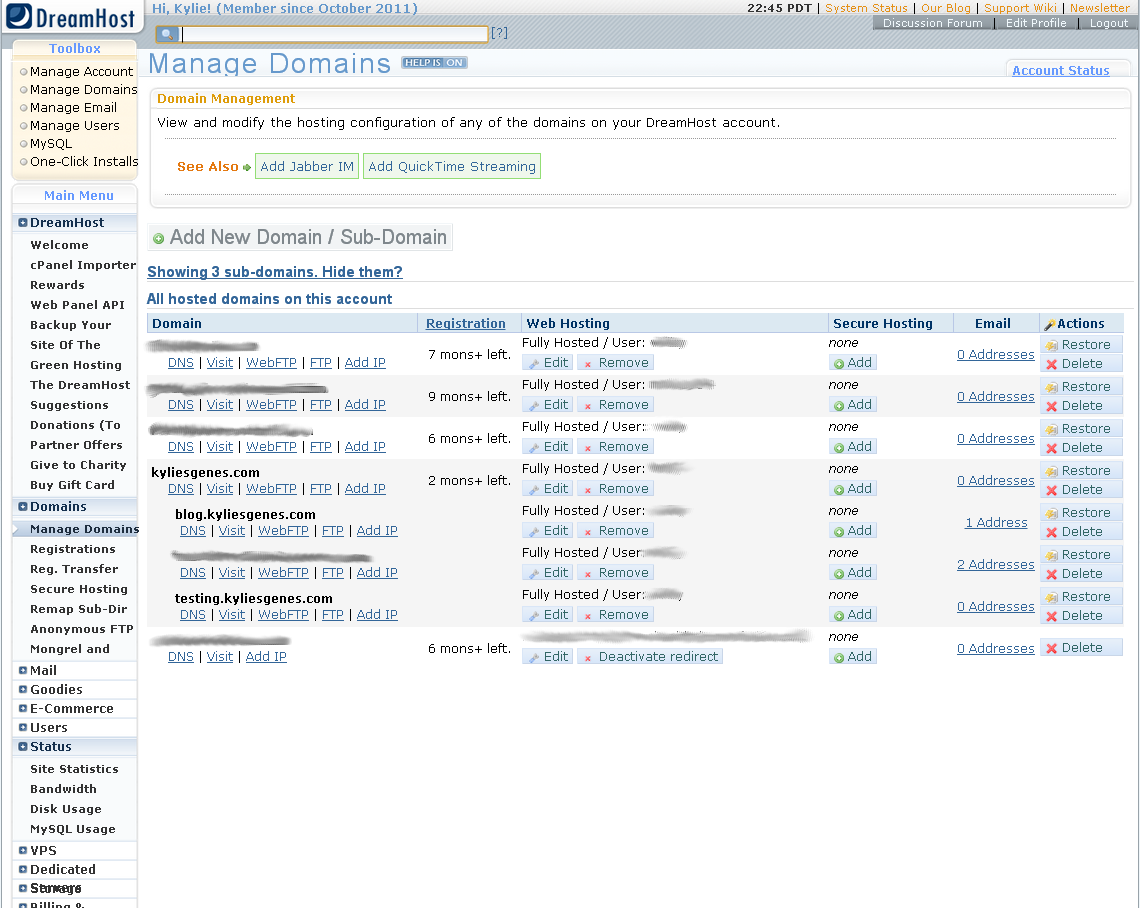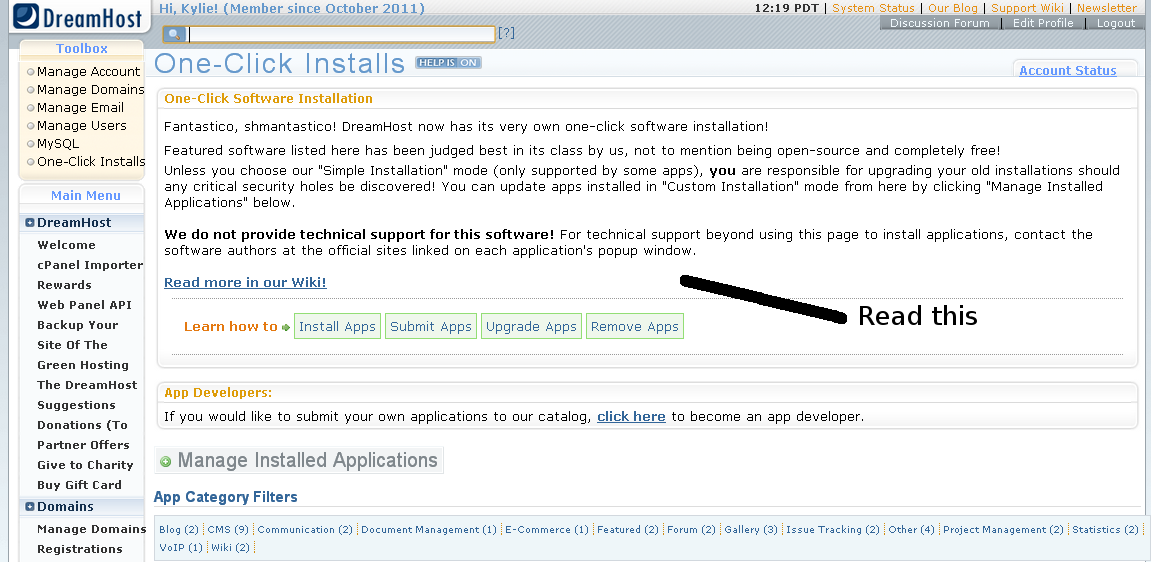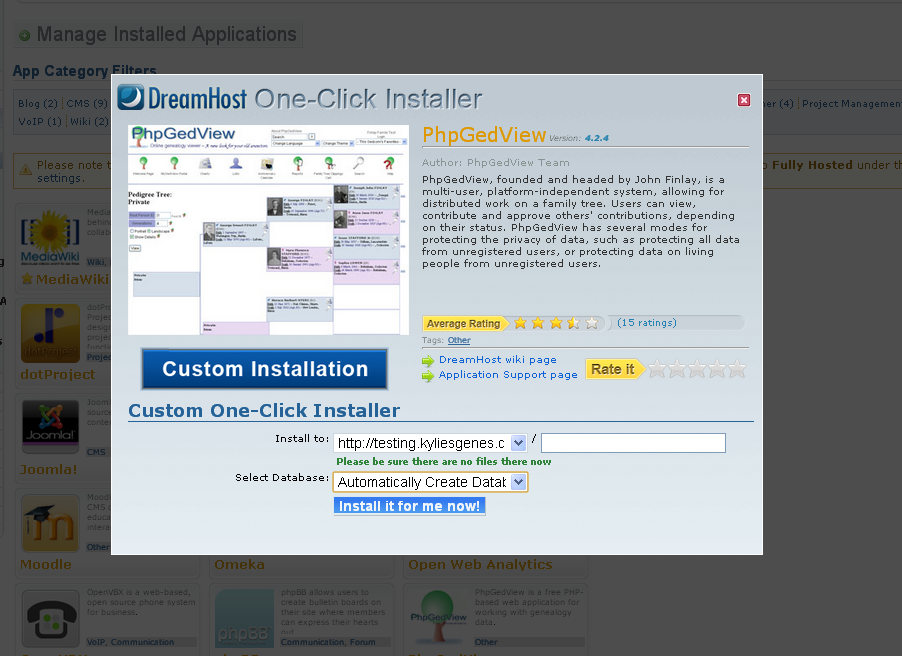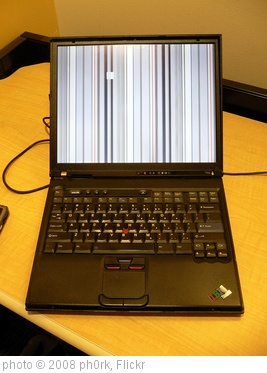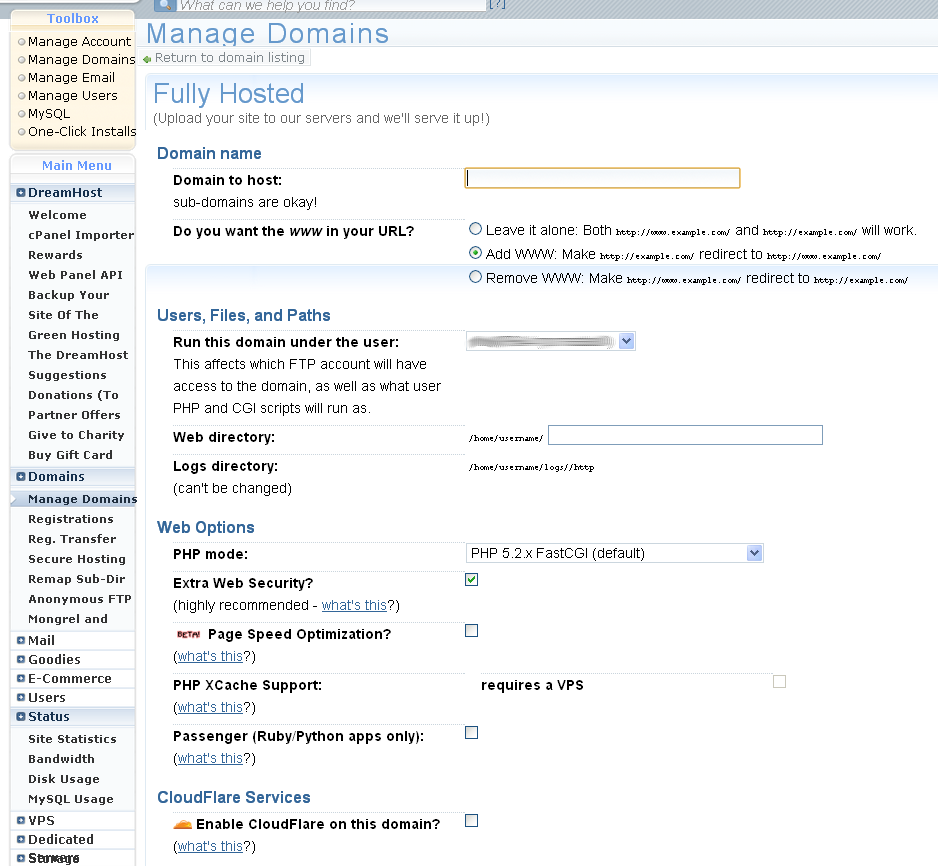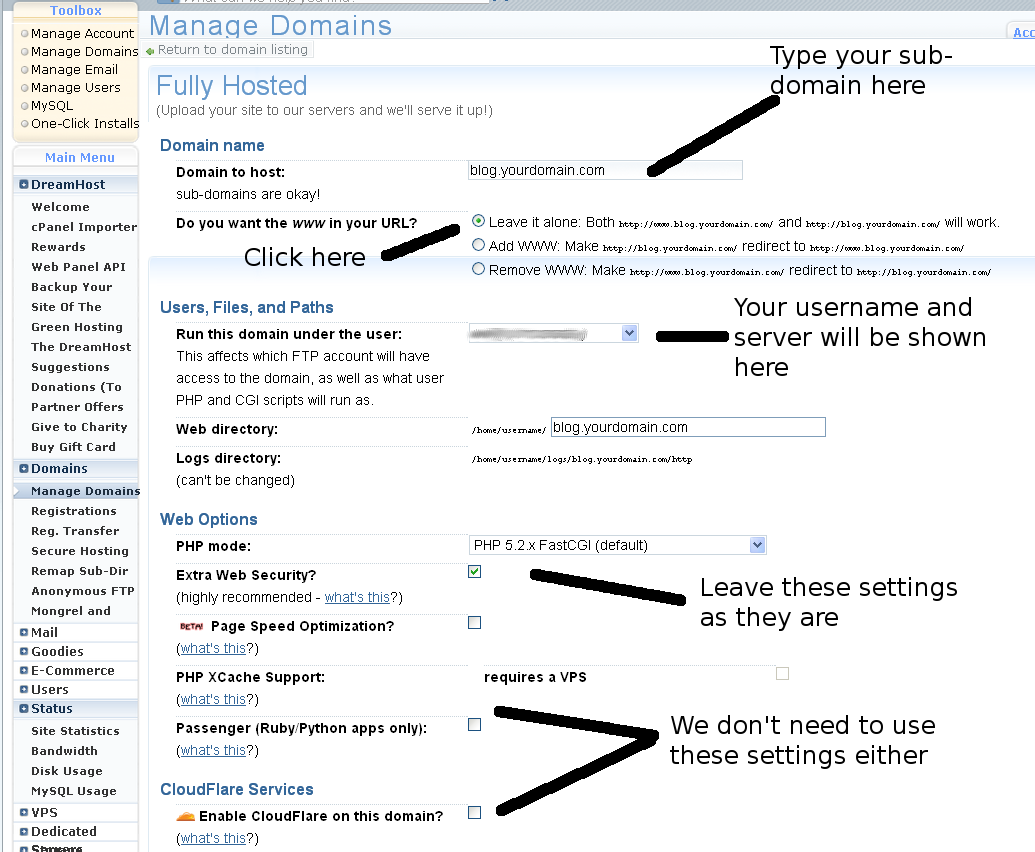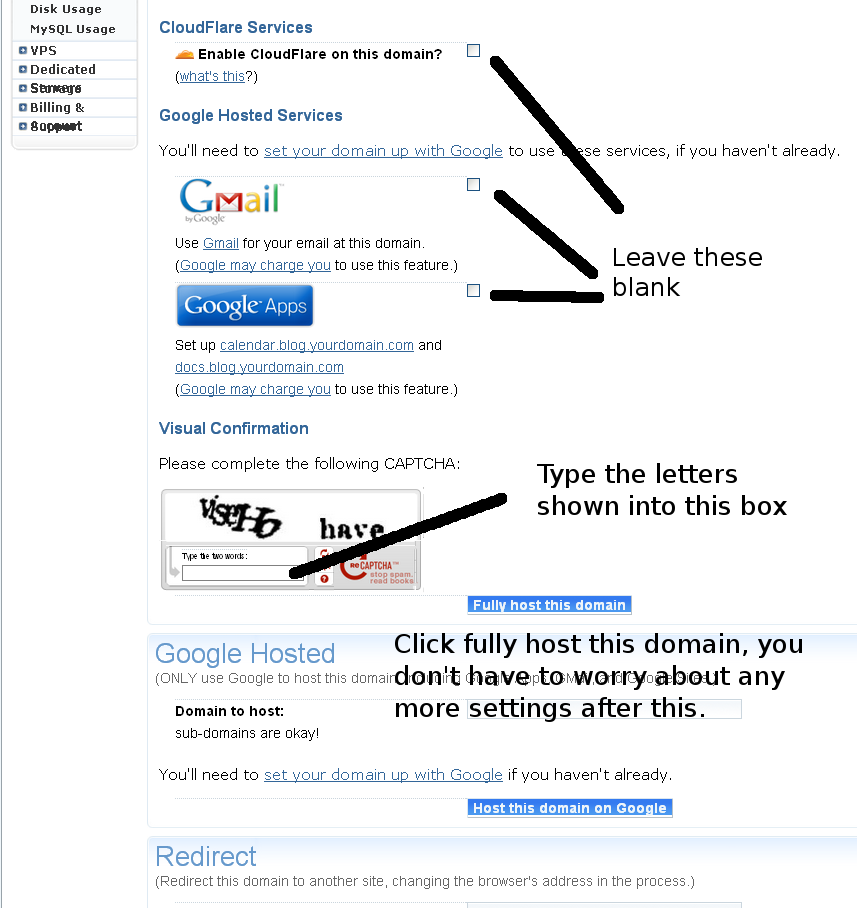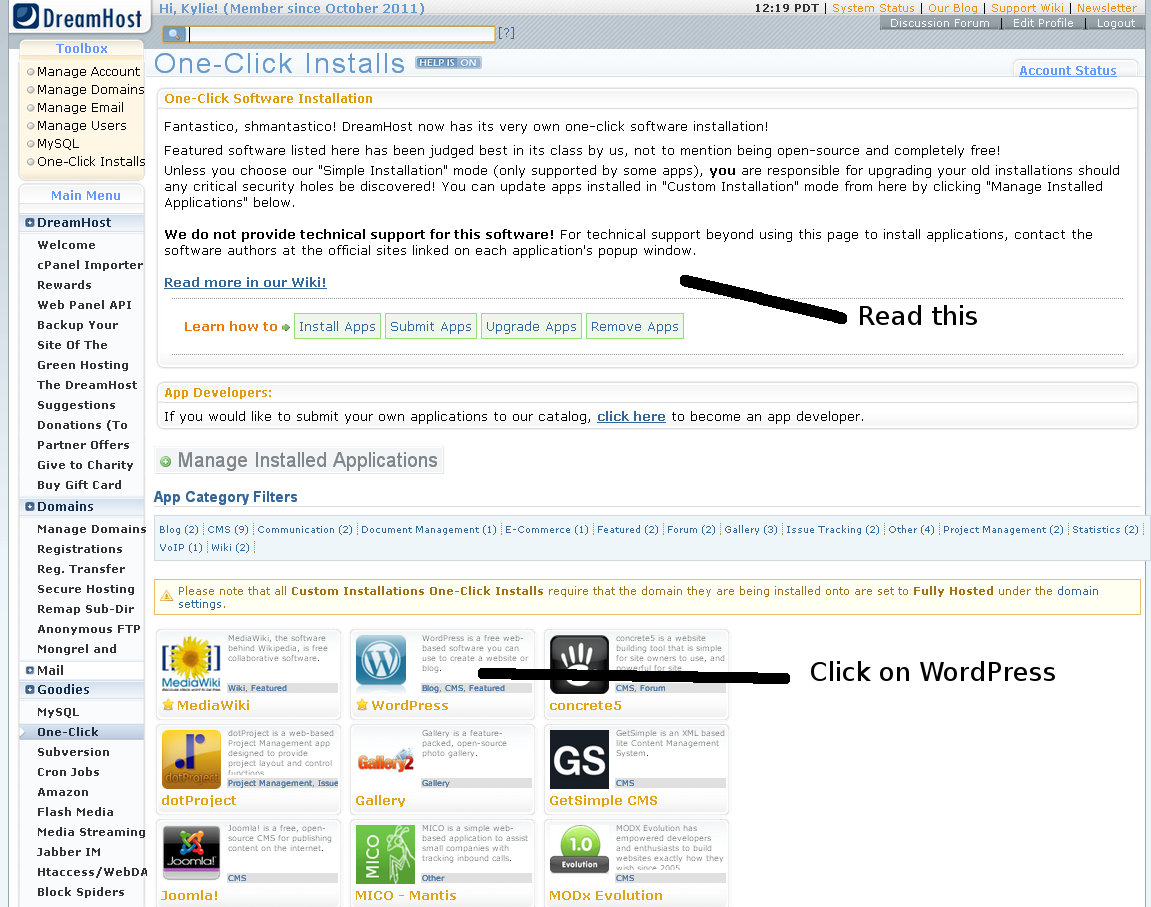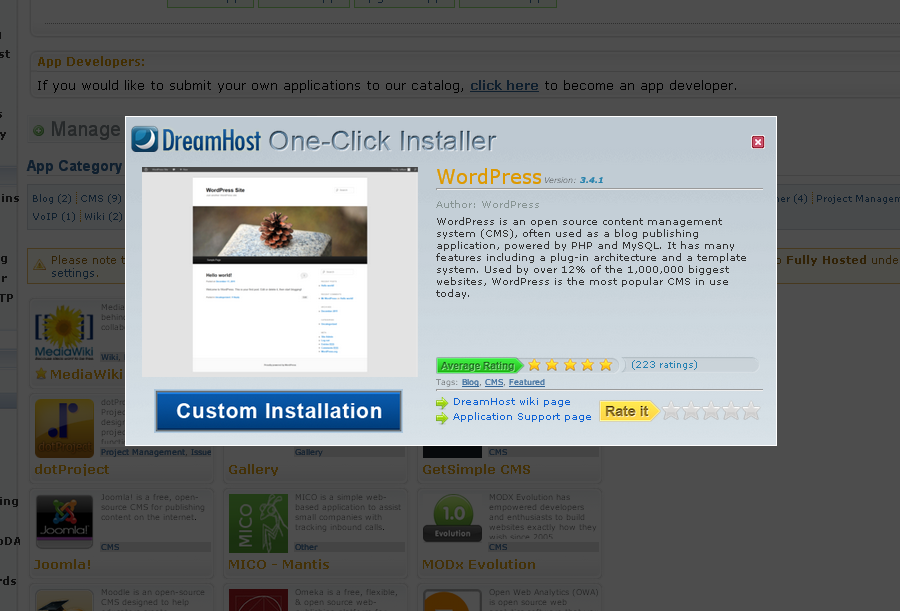I’ve hummed and ha-ed about making this into a blog post because it’s just my notes so far. It may not make a whole lot of sense to anyone but hopefully someone will get in touch who can further my thought processes or help me come up with an end result.
I’m a member of Hackerspace Adelaide so I’m already into the ‘hacker’ mind set. ‘Hacker’ isn’t a dirty word. Someone who breaks into people’s computers, websites etc and steals their data is known as a ‘cracker’. You’ll see another definition of hack below.
These are my notes:
Hack – to change use of, make new from old, build, rebuild, modify, to give added features, make it do something it was never intended to do
Genealogy – data, facts and figures, photos, documents, stories, people, audio, video
Traditional genealogy – produce a family tree, charts, a book, maps, tree on a website, give talks, write articles
What can I produce from the large amount of data I’m generating?
– mashups
– visualisations
– interactive maps
– physical interactive things
– virtual interactive things
This whole thing is about bringing data to life for an audience and for me too!!
What data can be drawn from a .gedcom file other than a family tree?
.gedcom is a text file therefore much data can be pulled from it.
How do you take data from a .gedcom file to create something other than a family tree?
This is the big question here at the bottom, how can I take data from a .gedcom file to create a visualisation or a mashup or any of the other things I’ve listed. I have a couple of people I can pose this question to but I wanted to put it on my blog to see if I get any other responses and to see if anyone else is doing similar work.
Some explanatory links:
Technology Hacker
http://en.wikipedia.org/wiki/Hacker
Gedcom
http://en.wikipedia.org/wiki/GEDCOM
Genealogy Research On The Web Utilizing Organised Guidelines – A senior research paper by Anna Sterling.
http://www2.stetson.edu/mathcs/people/students/research/pdf/2010/asterling/proposal.pdf


